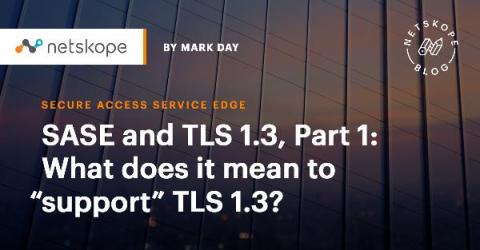IDC MarketScape Names AT&T a Leader in Worldwide Managed Security Services
IDC recently published the IDC MarketScape: Worldwide Managed Security Services 2020 Vendor Assessment, in which primary author Martha Vazquez and team studied 17 organizations that offer MSS globally. The report provides a comprehensive look at the top MSSP vendors, including AT&T Cybersecurity, and how managed security services are evolving to meet the needs of customers today.








